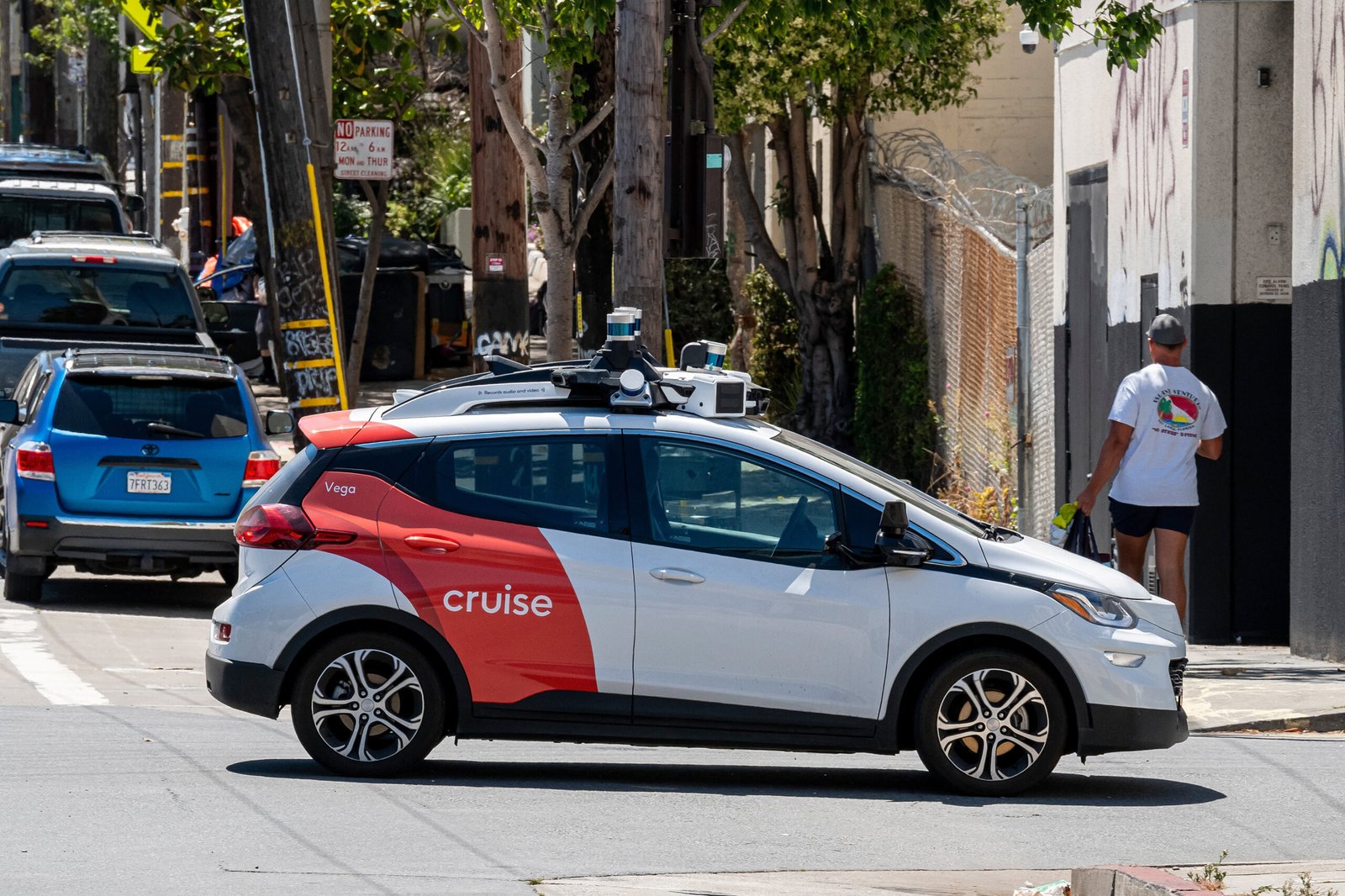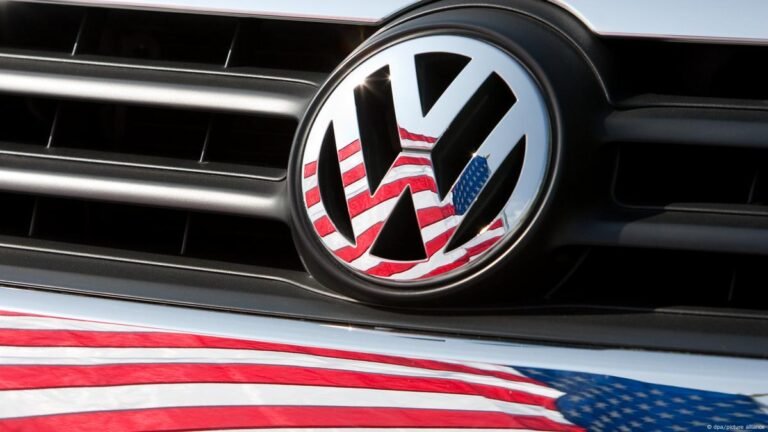General Motors (GM) has long been a leader in the automotive sector, known for innovation, quality, and forward-thinking strategies. The company’s autonomous vehicle division, Cruise, has been a crucial part of GM’s ambitious vision for the future of transportation. However, this promising growth venture seems to be facing significant challenges, with its robotaxi business now struggling to gain the traction GM had hoped for.
The road to success in the autonomous vehicle (AV) sector has always been a bumpy one. Companies from various industries, including traditional automakers and tech giants, have poured substantial resources into developing self-driving technology and robotaxi services. GM’s Cruise had been touted as one of the frontrunners in this race, positioning itself as the next big thing in urban mobility. Yet, despite years of investment and progress, Cruise’s robotaxi business has faltered, highlighting the complexities and hurdles of transforming the transportation landscape.
Ambitious Beginnings for Cruise’s Robotaxi Service
The idea behind Cruise was simple but revolutionary: autonomous vehicles that could pick up passengers and take them to their destinations without a driver. Cruise’s goal was to be at the forefront of what many saw as the next phase of urban transport – a world where cars no longer needed a human operator, thus reducing the costs of hiring drivers, decreasing traffic accidents, and ultimately offering a more sustainable transportation solution.
After GM acquired Cruise in 2016, the company invested heavily in advancing the technology behind self-driving cars. With support from tech partners and significant funding, the vision seemed within reach. Cruise was initially met with enthusiasm from investors and the public, positioning itself as a key player in the race for autonomy. By 2021, GM’s Cruise vehicles were already offering limited robotaxi services in San Francisco, where they operated on pre-selected routes under carefully controlled conditions.
Despite these early signs of success, Cruise’s progress has been far from smooth. The ride-sharing industry, already highly competitive and dominated by companies like Uber and Lyft, has proved to be a tough market for a newcomer like Cruise. As the years passed, Cruise encountered more technical and regulatory challenges than anticipated, slowing its growth and raising doubts about its ability to succeed on a large scale.
Hurdles in the Path of Cruise’s Expansion
While the promise of autonomous vehicles has been widely recognized, the practical implementation of such technology has proven to be far more complex than initially expected. Cruise, like many other autonomous vehicle programs, has faced significant technical hurdles in perfecting self-driving technology, particularly in urban environments with dense traffic, unpredictable pedestrians, and constantly changing road conditions.
One of the major challenges Cruise has faced is regulatory pushback. Despite Cruise’s initial foray into San Francisco’s robotaxi services, local governments and regulators have been cautious about fully embracing autonomous vehicles. This caution has led to several setbacks in the company’s attempts to expand its operations beyond a few select locations.
In addition, safety concerns have been a major factor in slowing down Cruise’s progress. Autonomous vehicles must meet extremely high safety standards before they can be deployed on a large scale, and Cruise has had to contend with incidents that raised questions about the reliability of its technology. These incidents, while not catastrophic, have led to increased scrutiny and regulatory pressure, further complicating the company’s efforts to grow its robotaxi business.
The Struggles of Competing in a Crowded Market
Another key challenge for Cruise has been competition from established players like Uber, Lyft, and Waymo. While Cruise may have been an early mover in the autonomous vehicle space, it is not alone. Waymo, the self-driving car project spun out of Google’s parent company, Alphabet, has long been considered a leader in the autonomous vehicle race. Similarly, Uber, despite its own setbacks in autonomous vehicle development, remains a major force in the ride-hailing industry.
In such a crowded market, standing out has been a significant challenge for Cruise. While the idea of a fully autonomous robotaxi is appealing, many consumers remain skeptical about the safety and reliability of self-driving cars. Uber and Lyft have already established loyal customer bases, and their services are deeply ingrained in everyday life in many cities. Competing with these companies has proven to be a steep uphill battle for Cruise, as it faces not only the technological challenges of autonomous driving but also the challenge of building trust with potential customers.
Economic Factors Impacting Cruise’s Growth
The global economic environment has also played a role in slowing Cruise’s progress. The COVID-19 pandemic, for instance, disrupted many industries, including the automotive and ride-sharing sectors. While the pandemic’s impact on the automotive industry is well-known, it also led to a significant decline in demand for ride-hailing services as people stayed home and travel restrictions were put in place. This downturn in demand was especially damaging for a fledgling service like Cruise, which was still in the early stages of its rollout.
Even as economies recover from the pandemic, broader economic conditions continue to be a concern. High inflation, rising interest rates, and ongoing supply chain disruptions have made it harder for Cruise and other autonomous vehicle programs to secure the funding and resources they need to scale. These financial pressures, combined with the difficulties in technology development and market competition, have created a perfect storm of obstacles for Cruise’s robotaxi business.
Investors’ Growing Concerns
The challenges facing Cruise have not gone unnoticed by investors. As GM’s autonomous vehicle division, Cruise has been under the microscope of both institutional and retail investors who are eager to see the company deliver on its lofty promises. While Cruise has received substantial funding over the years, the company has yet to demonstrate a clear path to profitability.
Shares of GM have been affected by concerns over Cruise’s ability to meet its growth targets. Investors, once hopeful that Cruise would revolutionize the ride-hailing industry, are now questioning whether the company can deliver on its ambitious vision. The market has become increasingly skeptical of Cruise’s prospects, as the company continues to face significant obstacles on its path to profitability.
Cruise’s Future: Can It Overcome the Obstacles?
Despite the hurdles, there remains potential for Cruise to turn things around. The company continues to make progress in refining its technology, and some industry experts remain optimistic about the long-term potential of autonomous vehicles. However, Cruise will need to overcome several significant challenges if it hopes to realize its vision.
First, the company will need to address the regulatory hurdles that have slowed its expansion. Working closely with government agencies and regulators to demonstrate the safety and reliability of its autonomous vehicles will be crucial for Cruise’s success. Additionally, the company will need to differentiate itself from competitors and build trust with consumers who remain hesitant about self-driving cars.
Moreover, economic factors will continue to impact Cruise’s ability to secure funding and expand its services. The company will need to navigate the complexities of a post-pandemic economy and adapt to changing market conditions to ensure its long-term survival.
Conclusion: The Road Ahead for Cruise and Autonomous Vehicles
In the end, the story of GM’s Cruise robotaxi business is one of both promise and struggle. While the idea of autonomous vehicles revolutionizing urban transportation remains appealing, the path to success is far from guaranteed. Cruise has encountered numerous obstacles, from technical and regulatory challenges to competition and market skepticism.
However, the company’s story is not over. Cruise’s ability to adapt to the ever-changing landscape of the autonomous vehicle industry will determine whether it can rise above the challenges it faces. For now, the future of GM’s robotaxi business remains uncertain, but the potential for innovation and growth in this space remains vast.
The autonomous vehicle industry is still in its infancy, and many of the companies involved in it will continue to face hurdles. Nevertheless, the road to widespread adoption of self-driving technology is an exciting one, and companies like Cruise will play a crucial role in shaping the future of transportation. Whether or not Cruise can overcome its current challenges and emerge as a leader in the robotaxi market remains to be seen, but the company’s journey is far from over.





Leave a Comment